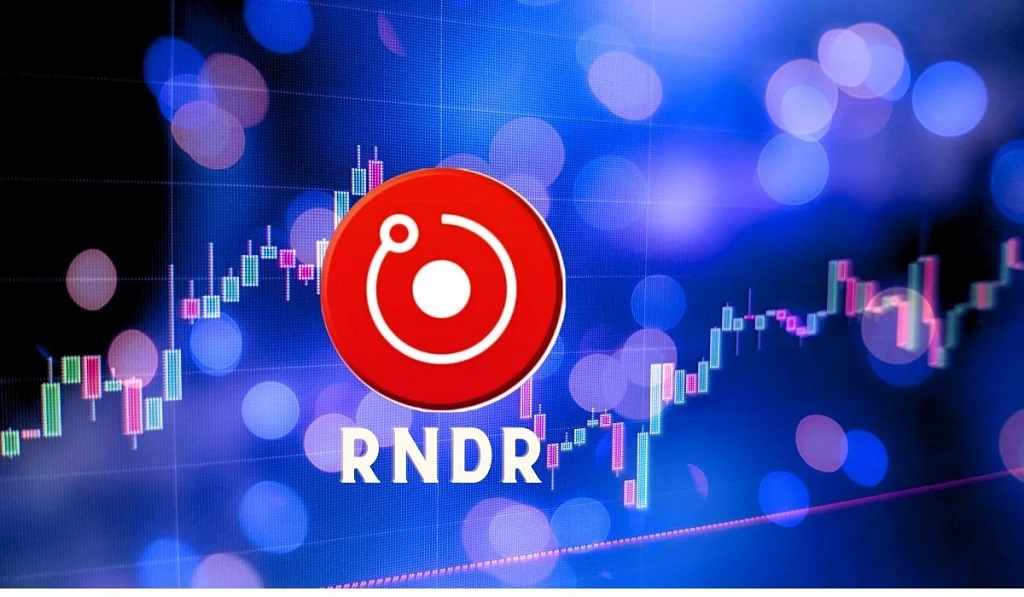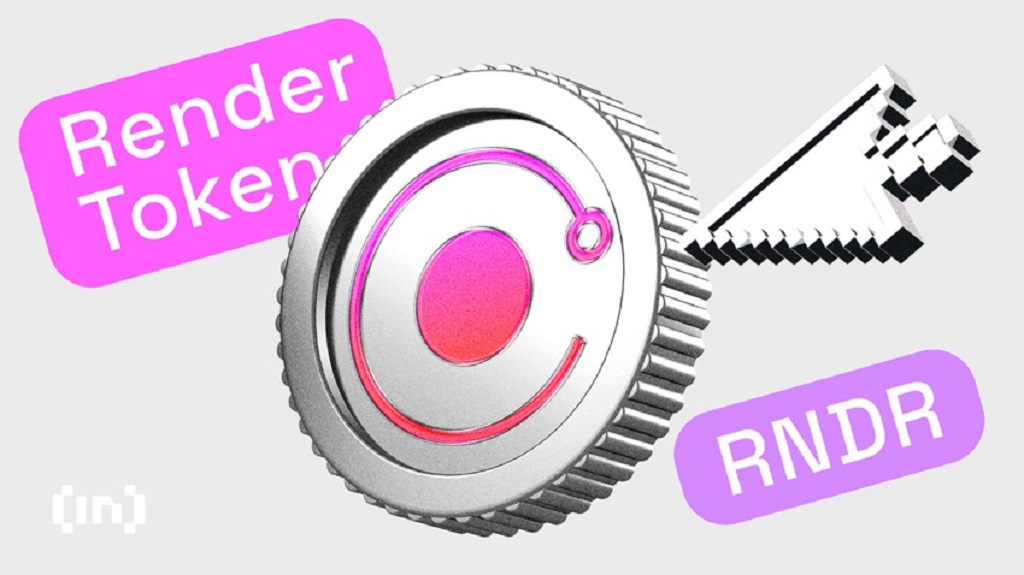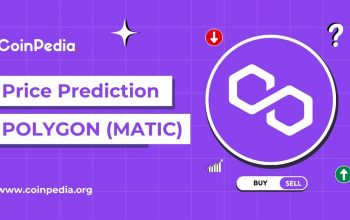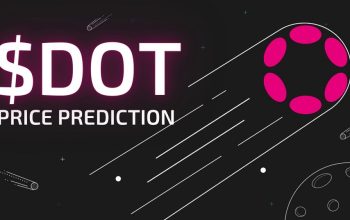The world of visual content is exploding. From immersive gaming experiences and lifelike CGI in films to the burgeoning metaverse and the rise of NFTs, the demand for high-quality rendering is skyrocketing. This surge has placed a spotlight on Render Network (RNDR), a decentralized platform leveraging blockchain technology to revolutionize the rendering process. But what does the future hold for RNDR, and could it be a lucrative investment opportunity? This article delves into a comprehensive Render Token price prediction for 2030, exploring its potential, analyzing its pros and cons, and answering frequently asked questions.
Understanding the Render Network

Before we dive into price predictions, it’s crucial to grasp the fundamentals of the Render Network. Imagine a global network of computers, all connected through blockchain, working together to render complex visual content. This is the essence of Render Network. It operates as a decentralized marketplace where individuals and studios needing rendering power (demand side) can connect with those possessing idle GPUs (supply side). This peer-to-peer network offers a more efficient and cost-effective solution compared to traditional rendering farms.
The Render Token (RNDR) is the lifeblood of this ecosystem. It’s an ERC-20 token used to facilitate transactions within the network. Artists and studios use RNDR to pay for rendering services, while node operators earn RNDR by contributing their GPU power to the network.
Factors Influencing RNDR Price in 2030
Predicting cryptocurrency prices is inherently challenging due to the market’s volatility. However, by analyzing key factors that could influence RNDR’s value, we can make informed speculations about its potential in 2030.
- Growth of the Rendering Market: The rendering market is projected to experience significant growth in the coming years, driven by the rise of industries like gaming, VFX, animation, and architectural visualization. This increased demand for rendering power will directly benefit platforms like Render Network.
- Adoption of Decentralized Rendering: As the benefits of decentralized rendering become more apparent – cost-effectiveness, scalability, and accessibility – we can expect wider adoption by individuals and studios. This increased usage will drive demand for RNDR, potentially boosting its price.
- Metaverse and NFT Boom: The metaverse and NFTs are rapidly evolving, requiring vast amounts of rendering power to create immersive experiences and digital assets. Render Network is well-positioned to capitalize on this trend, further fueling RNDR’s growth.
- Technological Advancements: Render Network is constantly evolving, with ongoing developments focused on improving efficiency, security, and expanding its capabilities. These advancements could attract more users and investors, positively impacting RNDR’s value.
- Competition: The decentralized rendering space is becoming increasingly competitive. Render Network faces challenges from other platforms offering similar services. Its ability to innovate and maintain a competitive edge will be crucial for its long-term success.
- Overall Crypto Market Sentiment: The cryptocurrency market is known for its volatility and is influenced by various factors, including regulations, technological advancements, and investor sentiment. These broader market trends will inevitably impact RNDR’s price.
Render Token (RNDR) Price Prediction 2030
Considering the factors mentioned above and assuming a continued positive trajectory for the Render Network, here’s a potential price prediction for RNDR in 2030:
- Optimistic Scenario: If the Render Network achieves widespread adoption, becomes a dominant player in the decentralized rendering space, and the crypto market experiences a strong bull run, RNDR could reach a price of $50 – $100 by 2030.
- Realistic Scenario: Assuming steady growth, continued development, and moderate success in navigating the competitive landscape, RNDR could realistically trade between $15 – $30 in 2030.
- Conservative Scenario: If the Render Network faces significant challenges, struggles with competition, or the crypto market experiences prolonged bearish trends, RNDR’s price could remain in the $5 – $10 range.
Important Note: It’s crucial to remember that these are speculative predictions based on current trends and analysis. The cryptocurrency market is highly unpredictable, and unforeseen events can significantly impact prices. Always conduct thorough research and invest responsibly.
Render Network (RNDR): Pros and Cons
Pros:
- Decentralized and Secure: Render Network leverages blockchain technology to create a secure and transparent platform, eliminating single points of failure and ensuring fair compensation for node operators.
- Cost-Effective: By utilizing idle GPU power from individuals worldwide, Render Network offers a more cost-effective rendering solution compared to traditional methods.
- Scalable and Efficient: The decentralized nature of the network allows it to scale efficiently to meet the growing demands of the rendering industry.
- Accessibility: Render Network democratizes access to high-quality rendering, making it available to individual artists and small studios who may not have the resources for expensive hardware or rendering farms.
- Strong Community and Team: Render Network boasts a passionate community and a dedicated team of developers constantly working to improve the platform.
Cons:
- Competition: The decentralized rendering space is becoming increasingly competitive, with new platforms emerging and vying for market share.
- Volatility: Like all cryptocurrencies, RNDR is subject to market volatility, which can lead to significant price fluctuations.
- Dependence on GPU Availability: The network’s efficiency relies on the availability of idle GPUs from node operators. Fluctuations in participation could impact rendering times.
- Technical Barriers: Using a decentralized platform may present a learning curve for some users who are not familiar with blockchain technology.
Read More Also: 8 ways of checking data quality
Render Token (RNDR) Reviews: What are People Saying?
The Render Network has garnered largely positive reviews from users and industry experts. Many praise its innovative approach to decentralized rendering, its cost-effectiveness, and its potential to revolutionize the visual content creation industry.
Artists and studios appreciate the accessibility and affordability of Render Network, allowing them to create high-quality visuals without significant upfront investments. Node operators value the opportunity to monetize their idle GPU power and contribute to a growing network.
However, some users have pointed out areas for improvement, such as simplifying the user interface, enhancing customer support, and expanding the platform’s features.
Frequently Asked Questions (FAQ)
- What is the purpose of Render Token (RNDR)?
RNDR is the utility token of the Render Network. It’s used to pay for rendering services on the platform and reward node operators for contributing their GPU power.
- Where can I buy Render Token (RNDR)?
RNDR is available on various cryptocurrency exchanges, including Binance, Coinbase, Kraken, and Gate.io.
- Is Render Token (RNDR) a good investment?
RNDR has the potential to be a good investment due to the growing demand for rendering power and the platform’s innovative approach. However, like all cryptocurrencies, it carries risks. It’s essential to conduct thorough research and invest responsibly.
- What are the risks associated with investing in RNDR?
The main risks include market volatility, competition from other platforms, and the overall uncertainty surrounding the cryptocurrency market.
- How can I contribute to the Render Network?
You can contribute by becoming a node operator and providing your GPU power to the network. You’ll earn RNDR tokens as a reward for your contribution.
- What is the future of the Render Network?
The Render Network has the potential to become a leading player in the decentralized rendering space. Its success will depend on factors like continued innovation, adoption by artists and studios, and navigating the competitive landscape.
- How does Render Network compare to traditional rendering farms?
Render Network offers several advantages over traditional rendering farms, including cost-effectiveness, scalability, and accessibility. It leverages a global network of GPUs, eliminating the need for expensive hardware investments.
Conclusion: Is RNDR a Worthwhile Investment for the Future?
The Render Network presents a compelling case for the future of rendering. By harnessing the power of blockchain and decentralized technology, it offers a more efficient, accessible, and cost-effective solution to meet the growing demands of the visual content creation industry.
While predicting the exact price of RNDR in 2030 is impossible, the platform’s potential for growth, coupled with the increasing demand for rendering power, suggests that RNDR could be a lucrative investment opportunity. However, it’s crucial to approach cryptocurrency investments with caution, conduct thorough research, and only invest what you can afford to lose.
The journey towards 2030 promises exciting developments in the world of decentralized rendering. As the Render Network continues to evolve and innovate, it will be fascinating to witness its impact on the future of visual content creation.





